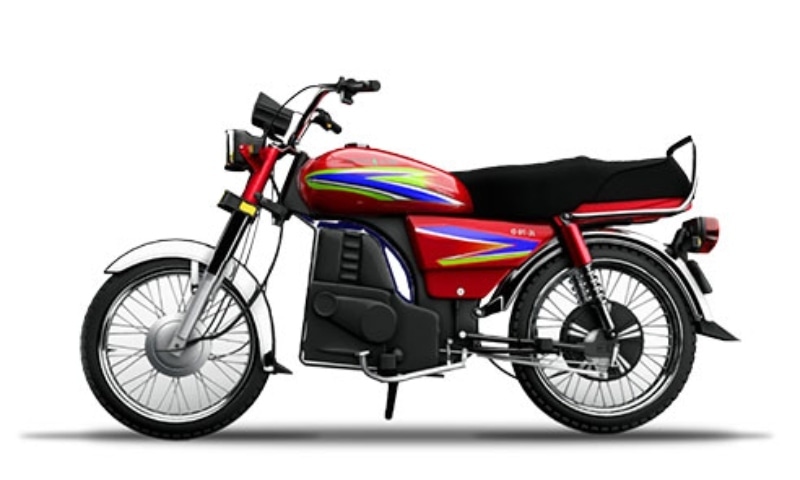Electric bikes, also known as e-bikes, have emerged as a revolutionary mode of transportation and recreation in recent years. Combining the convenience and efficiency of traditional bicycles with the power and versatility of electric motors, e-bikes offer a unique riding experience that is transforming the way we commute, exercise, and explore our surroundings. In this comprehensive guide, we’ll delve into the fascinating world of electric bikes, exploring their history, technology, benefits, and potential impact on transportation and society.
A Brief History of Electric Bikes
While the concept of electrically assisted bicycles dates back to the late 19th century, it wasn’t until the early 21st century that e-bikes began to gain widespread popularity. Advances in battery technology, electric motors, and lightweight materials paved the way for the development of more efficient and practical e-bike designs. Today, electric bikes come in a variety of styles, ranging from sleek urban commuters to rugged off-road models, catering to a diverse range of riders and preferences.
How Electric Bikes Work
At the heart of every electric bike is an electric motor powered by a rechargeable battery pack. The motor provides assistance to the rider, either by augmenting their pedaling effort (pedal-assist) or by propelling the bike entirely (throttle-controlled). Most e-bikes feature a control unit or display that allows riders to adjust the level of assistance and monitor battery status and performance in real-time.
The battery pack, typically mounted on the frame or integrated into the design, stores the energy needed to power the motor. Lithium-ion batteries are commonly used due to their high energy density, lightweight construction, and long lifespan. Charging the battery is as simple as plugging it into a standard electrical outlet, making e-bikes a convenient and eco-friendly mode of transportation.
Benefits of Electric Bikes
- Increased Accessibility: E-bikes make cycling more accessible to a wider range of individuals, including those who may have physical limitations or live in hilly areas where traditional biking can be challenging.
- Effortless Commuting: With electric assistance, commuters can arrive at their destinations faster and less fatigued, eliminating the need to shower and change clothes upon arrival.
- Health and Fitness: Contrary to popular belief, riding an electric bike still provides significant health benefits, as riders can choose the level of assistance they need and gradually increase their physical activity over time.
- Environmental Sustainability: By replacing car trips with e-bike rides, individuals can reduce their carbon footprint and contribute to a cleaner and greener environment.
- Cost Savings: While the initial cost of an electric bike may be higher than that of a traditional bicycle, the long-term savings on fuel, maintenance, and parking can make e-bikes a cost-effective transportation solution.
- Fun and Adventure: Whether exploring city streets or tackling rugged trails, riding an electric bike offers a thrilling and exhilarating experience that encourages outdoor recreation and exploration.
Types of Electric Bikes
- Urban Commuters: Designed for navigating city streets and urban environments, urban commuter e-bikes feature sleek designs, integrated lights, and fenders for all-weather riding.
- Mountain Bikes: Built to tackle off-road trails and rugged terrain, electric mountain bikes (eMTBs) feature durable frames, suspension systems, and high-torque motors for conquering steep climbs and technical descents.
- Folding Bikes: Ideal for commuters and travelers, folding e-bikes offer compact storage and portability, allowing riders to easily transport them on public transportation or store them in small spaces.
- Cargo Bikes: With their sturdy frames and ample cargo capacity, electric cargo bikes are perfect for hauling groceries, transporting children, or running errands around town.
- Fat Bikes: Characterized by their oversized tires, fat e-bikes provide enhanced stability and traction on sand, snow, and other challenging terrain, making them popular among adventure-seekers and outdoor enthusiasts.
The Future of Electric Bikes
As technology continues to advance and consumer demand grows, the future of electric bikes looks promising. Innovations such as regenerative braking, smart connectivity, and lightweight materials will further improve e-bike performance, efficiency, and convenience. Additionally, initiatives to expand cycling infrastructure and promote e-bike adoption in urban areas will play a crucial role in reducing traffic congestion, improving air quality, and fostering healthier, more sustainable communities.
In conclusion
Electric bikes represent a transformative shift in transportation and recreation, offering a greener, more efficient, and more enjoyable alternative to traditional modes of travel. Whether you’re commuting to work, exploring the great outdoors, or simply enjoying a leisurely ride around town, an electric bike can enhance your experience and inspire you to discover new adventures on two wheels. Embrace the electric revolution and join the growing community of e-bike enthusiasts today!
